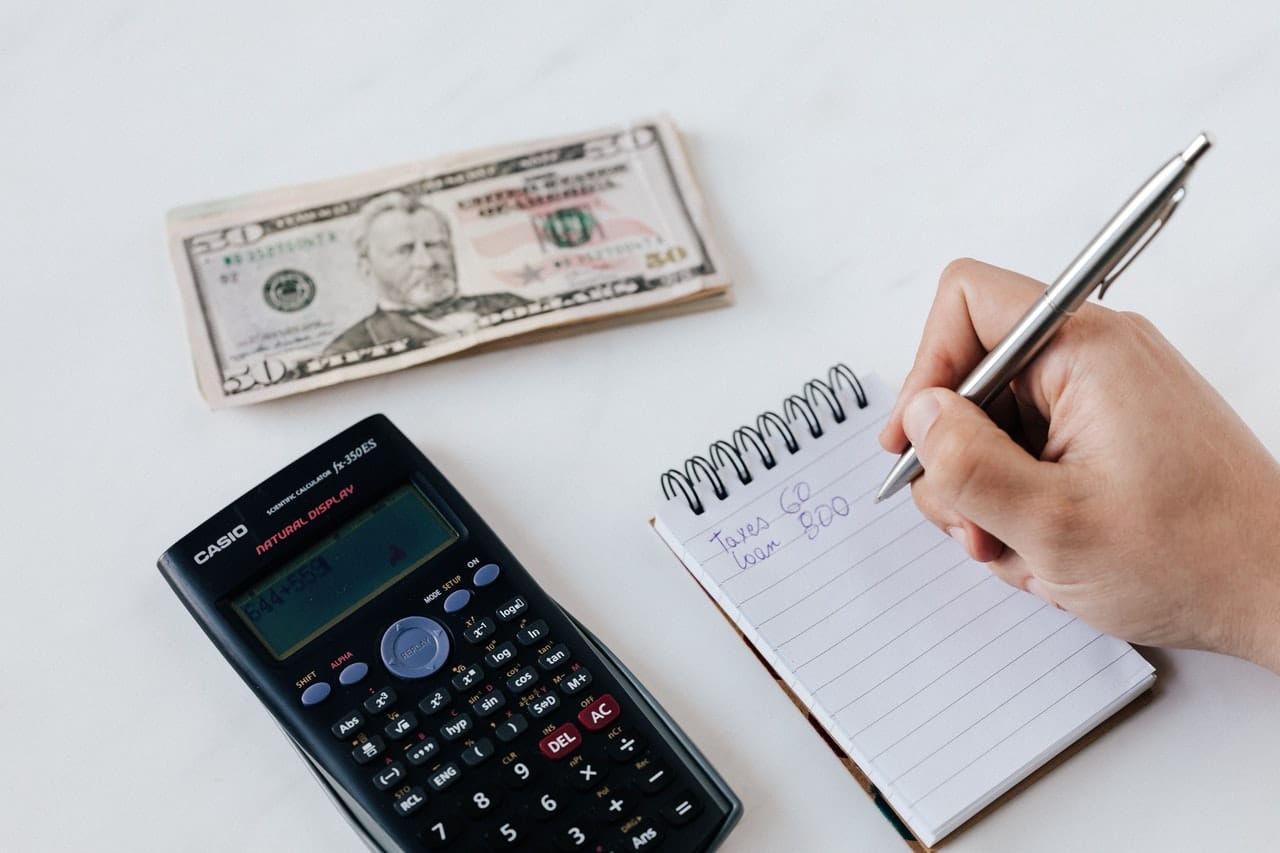
Make Spending Money Music to Your Ears: Spending Equalizer
This post may contain links from our sponsors. We provide you with accurate, reliable information. Learn more about how we make money and select our advertising partners.
Are you afraid to spend money? Or perhaps you aren't saving enough? Come find out which money is well spent, and which you likely regret.
Today’s Classic is republished from The Physician Philosopher. You can see the original here.
Enjoy!
When Kristen and I get in my truck there is a common scene that takes place. I crank the engine, the truck starts, and my music that I was playing on the way turns on. Invariably, it is loud, which results in Kristen asking me to turn it down because the bass hurts her ears. Loud bass isn’t her preference, though it is mine. The equalizer settings in our respective vehicles look differently. While you may like a lot of mid-range or your equalizer perfectly flat, I prefer a hefty dose of bass mixed with some high treble (you can keep the mid-range). Our personal finance equalizers are the same way.
What should you spend a ton of money on? What should you dial back in order to do that? That’s what this post is all about.
What is a Personal Finance Equalizer?
If you take a ride with me, you are equally likely to hear Jay-Z, NF, or Macklemore as you are to hear Alicia Keys, Lauren Daigle, or Hootie and the Blowfish. If you don’t like hip-hop, pop, rock, pop-rock, or country (I have an eclectic taste) you are probably not going to like riding in my truck. As alluded to above, your musical tastes and settings are likely different from mine.
Because I like music with a beat, I dial down on the mid-rang settings while I amp up the bass and the treble. However, if I turned all of the settings up or left them all in the middle, it would sound flat and terrible to me. In order for the bass and the treble to make sense to my brain, I must dial down on the mid-range settings.
My musical enjoyment is maximized when I turn up some settings, and – just as importantly – turn down others. This is my perfect blend. Not yours.
Your personal finance equalizer describes your perfect spending pattern that would produce the most long-term satisfaction and happiness. This means turning up some spending habits while we turn down others.
In other words, you need to spend your money intentionally on some things while you limit spending in other categories. This will result in the most happiness for you.
Figuring Out Your Settings
They don't care what you think about their spending choices either, whether it's their car, their house, their clothes, their vacations, their kids' schools, or their favorite restaurants. They're immune from keeping up with Dr. Jones.
If we are going to crank up the spending in some categories and turn it down in others, this requires us to spend some time figuring out what we derive the most joy from when we spend money. You may think you know what that is, but you are almost certainly wrong if you haven’t thought about it intentionally and systematically.
How do we go about doing that? Here are some helpful techniques and exercises to help you figure that out:
1. The Look Around
The first technique that I encourage people to use when figuring this out is to take a look around their house. You can either do this mentally (say, if you are not reading this at home) or by physically walking around your home.
Walk through the front door. Take a look at all of the things you see. You might see your dining room on the left and the formal sitting room (you never use) on your right. Your living room is straight ahead. As you look around, you notice the dining room table, the china in the hutch that you haven’t touched since your wedding, or the Persian rug you decided to buy.
As you walk into the living room, you see the television, the couch, and the paintings on the wall. Walking through the living room, you arrive at your kitchen with the appliances and counter that you felt were just right.
Going upstairs you pass photos of family trips that remind you of your time at the beach, the ski trip in the mountains, and your family at a younger age. Then, you continue into each room making note of the things you have there.
As you perform The Look Around, I want you to take inventory of how much joy each purchase brought you originally. Then, I want you to think about how much satisfaction it has provided after those first 3 to 6 months. Do you enjoy it to this day? Or is someting you hardly notice? The difference will tell you if it was money well spent or not.
2. Track Your Spending
A second technique for determining how to optimize your personal finance equalizer is to look back at prior spending. You can do this by tracking your spending, which can happen via electronic tools like personal capital or mint. Alternatively, you can look at recent bank statements line by line.
As you do look back at your spending, do you regret spending the money? Or was the money well spent?
For example, you might look back at a recent date with your partner or spouse. It cost $100 for the dinner and $60 for the baby sitter. Was that $160 well spent? Now, compare that to your recent Amazon purchase when you bought that fitbit or garmin running watch.
Looking at your past purchases can only produce one of three feelings – satisfaction, ambivalence, or regret. Spending more money on those things that have brought you great satisfaction (particularly after the honeymoon phase has ended 3-6 months after the purchase), and less money on the things you regret will help you figure out the settings for your personal finance equalizer.
3. The Kinder Questions
If the above exercises haven’t gotten the job done, you can turn to one of my all-time favorite life planning exercises. The 3 Kinder Questions were made famous by George Kinder.
The purpose of these questions is to help you figure out what is most important to you in life. Why would you do such a touchy-feely thing? Because it helps you realize one all-important financial truth – we spend a lot of money on things that don’t matter to us.
Click on the link above to check out the three questions. First, go through them by yourself. Then, go through them with a loved one.
After determining what is most important to you, I want you to then compare that list of important goals to your current financial habits. Are your settings reflective of the big picture? Do you spend lavishly on the things that are most meaningful to you? Is your spending dialed down in the areas that simply don’t matter?
4. Some Universal Truths
As you go through the exercises above, you are likely to come to some universal truths about spending money. Though this may not be true for you, it is true for many that they enjoy spending their money more in the following ways:
- Spending money on experiences (travel, vacations, time with family/friends, etc) as opposed to physical things
- Money spent on others as opposed to on ourselves
- Spending money on things that are individually important to us (health/fitness, personal development, our business, leisure activities, etc)
The important piece here is to recognize the pattern for what studies call subjective well-being (SWB). What determines your SWB may be different than mine, just like your musical preferences are likely different from mine.
That said, find what matters most to you!
Crank it Up!
After you’ve determined what sort of spending results in the most joy and satisfaction, I want you crank that spending up! You heard that right. I want you spend lavishly on what you love.
However, what this requires is some turning the volume down on all of those other things that you now realize you spend a lot of money on that don’t result in increased longterm SWB, happiness, or satisfaction.
If you are fresh out of training, you may be asking how much money you can alot to this sort of spending. For you, I’d recommend following The 10% Rule.
However, if you are in someone who has met many of your financial goals and find yourself free of student loans and without other consumer or credit card debt, then you may consider turning that 10% rule into a 20 or 30% rule. So long as you are paying yourself first – and accomplishing your financial goals – you should spend your money guilt-free! And, if you have a lot to spend, you should crank that volume on what matters most to you (while leaving the rest of your equalizer flat in areas that don’t matter).
Take Home
After you have spent enough time in the personal finance blogosphere and podcast world, the echo chamber that you should live a minimalistic and frugal life without any spending can be deafening. And that’s not the sort of life Kristen and I want to live.
We want to spend as much money as we want on the things we love. While this requires us to make sure we meet our annual savings goals first, we have transitioned to a life where we have zero guilt spending a lot of money on other things that matter to us after that goal is met.
After you have gone through the exercises above, I hope that you have some more clarity on what spending matters most to you. Once you do, I want you to crank that bass (or treble) up! Dial in your spending so that it becomes music to your ears.


Disclaimer: The topic presented in this article is provided as general information and for educational purposes. It is not a substitute for professional advice. Accordingly, before taking action, consult with your team of professionals.

